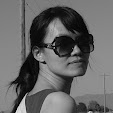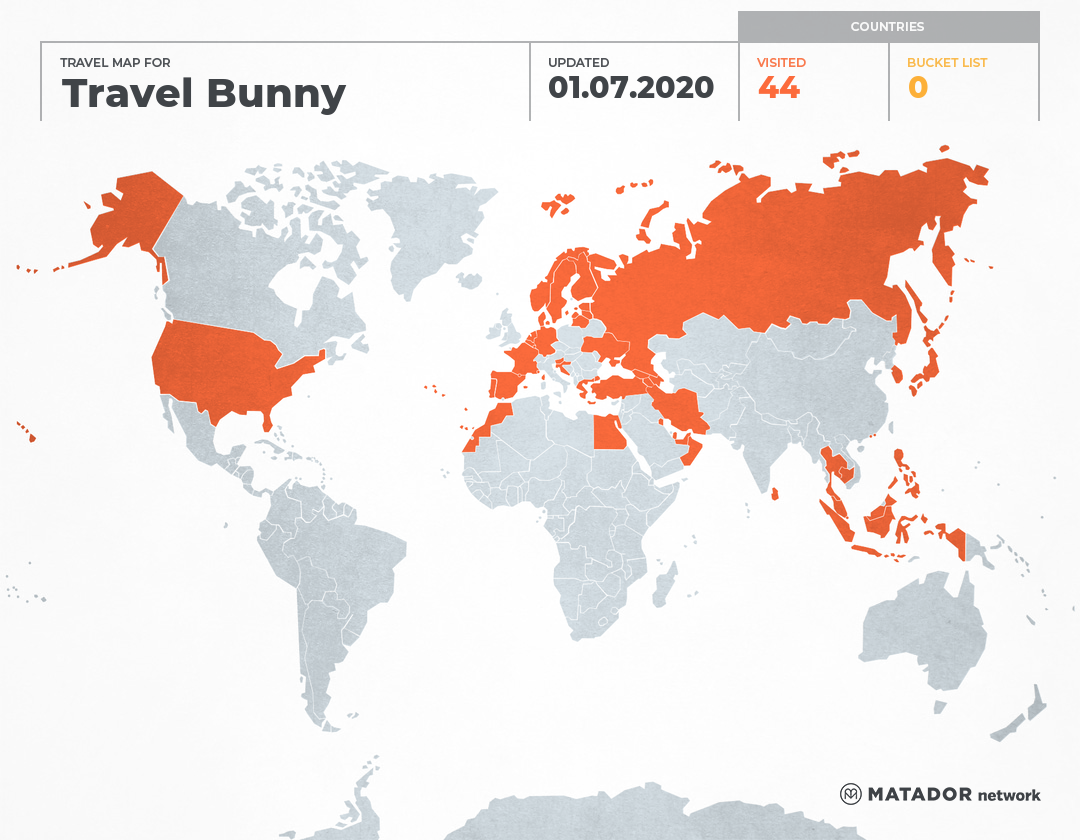TURKEY - Konya
 Konya is Turkey’s city of Whirling Dervishes and known for its outstanding Seljuk architecture. The city has also a reputation of being the most religiously conservative city in Turkey and was once known as the Citadel of Islam.
Konya is Turkey’s city of Whirling Dervishes and known for its outstanding Seljuk architecture. The city has also a reputation of being the most religiously conservative city in Turkey and was once known as the Citadel of Islam.Bid farewell to Cappadocia, as we proceeded about 250km heading east to the city of Konya.

 Before we reached Konya, we had lunch at Horozlu Han, an important stopover along the Silk Road that crossed through Anatolia for centuries.
Before we reached Konya, we had lunch at Horozlu Han, an important stopover along the Silk Road that crossed through Anatolia for centuries. It was a 13th century Caravanserai built by Esedud-din Ruzbe. It was a roadside inn used by tradesmen travelling along the Silk Road to spend the night and resupply themselves.
 The interior of the inn was converted into a restaurant. The candle sticks are all replaced by light bulbs.
The interior of the inn was converted into a restaurant. The candle sticks are all replaced by light bulbs.


 It was a standard Turkish three coarse meal with soup and bread, chicken with rice (main dish) and fruits or dessert. But it was quite delicious.
It was a standard Turkish three coarse meal with soup and bread, chicken with rice (main dish) and fruits or dessert. But it was quite delicious. My colleagues posing for the camera.
My colleagues posing for the camera.
 After lunch, we proceeded to visit the Mevlana Museum in Konya.
After lunch, we proceeded to visit the Mevlana Museum in Konya.  Mevlana Museum, also known as Mausoleum of Rumi is a must see tourist destination of Konya. It houses the tomb of Mewlana Jalal ad-Din Muhammad Balkhi or also known as Jalal ad-Din Muhammad Rumi. Better known as Rumi in the Western countries or just Mevlana among his followers.
Mevlana Museum, also known as Mausoleum of Rumi is a must see tourist destination of Konya. It houses the tomb of Mewlana Jalal ad-Din Muhammad Balkhi or also known as Jalal ad-Din Muhammad Rumi. Better known as Rumi in the Western countries or just Mevlana among his followers. Mevlana is considered a 13th century Muslim Saint and was a Muslim poet, mystic, spiritual thinker and one of the greatest teachers of all time. He was also the founder of the Mevlevi order of dervishes commonly called the Whirling Dervishes.
Mevlana is considered a 13th century Muslim Saint and was a Muslim poet, mystic, spiritual thinker and one of the greatest teachers of all time. He was also the founder of the Mevlevi order of dervishes commonly called the Whirling Dervishes. Whirling Dervishes is where one abandon’s his personal desire by listening to the music, focusing on God and spinning one’s body in repetitive circle.

 Beneath the green dome, is the tomb of Mevlana, glittering in gold decoration and covered with a gold cloth.
Beneath the green dome, is the tomb of Mevlana, glittering in gold decoration and covered with a gold cloth.The mausoleum was constructed based on Seljuk architecture and was completed in 1274. It is the oldest part of the building whereas other sections were added until 1854.
 Before you entered the mausoleum, everyone must take a pair of plastic bags and covered their shoes. And you can’t take any photographs inside the building.
Before you entered the mausoleum, everyone must take a pair of plastic bags and covered their shoes. And you can’t take any photographs inside the building. This is the entrance to the tomb.
This is the entrance to the tomb.Beyond the tomb, are two large rooms once used for the Mevlevi Sema ceremony. Now, the rooms are used for exhibits of Mevlevi historical artefacts.
 My colleague posing like the Whirling Dervish.
My colleague posing like the Whirling Dervish. Whirling Dervishes is a part of the inspiration of Mevlana and has become part of Turkish history and culture. The Whirling is still practised by the Sufi Dervishes of the Mevlevi order and though not intended as an entertainment, Whirling Dervishes has become a tourist attraction.
 UNESCO even proclaimed ‘The Mevlevi Sema Ceremony’ of Turkey as one of the Masterpieces of the Oral and Intangible Heritage of Ceremony.
UNESCO even proclaimed ‘The Mevlevi Sema Ceremony’ of Turkey as one of the Masterpieces of the Oral and Intangible Heritage of Ceremony.  There is a museum shop inside the compound that sells souvenirs.
There is a museum shop inside the compound that sells souvenirs.  It is also surrounded by a beautiful garden. Frankly, there’s nothing fascinating about Mevlana Musuem. Well, if you’re a Sufi Muslim or if you’re an Islamic enthusiast, you might like it here.
It is also surrounded by a beautiful garden. Frankly, there’s nothing fascinating about Mevlana Musuem. Well, if you’re a Sufi Muslim or if you’re an Islamic enthusiast, you might like it here. 
 Outside the museum, there are a lot of souvenir shops and even a statue of the Whirling Dervish.
Outside the museum, there are a lot of souvenir shops and even a statue of the Whirling Dervish.After visiting Mevlana Museum, we’re on a 5 hours bus ride to Pamukkale. By the time we reached the hotel, it was 9pm and we hurried to have dinner before heading to our room. It was a tiring day but I look forward to visiting the Cotton Castle on the next day.
Previous<<




![[MALAYSIA] How To Do A Self Guided Walking Tour in Kota Kinabalu](https://blogger.googleusercontent.com/img/b/R29vZ2xl/AVvXsEgR_cJjX4Shl9rsz0ufzxjmtLMq5PAvmTNDHypSVV2CYDaarZVj8EMznRkXqdVeCGg2yEMdFqPtI5rvrmMtJVSL1W9jqOtdCM2EFAc5ZTWn7XzPQV5sqS4s1DO0T_AuF0nq_dLQ53b9-ju3yyLJUrvU2TlhbmD4rDDV5-aPFaT2WEQZ1c257JXGUhyfsw/s72-c/20220524_131141.jpg)
![[JAPAN] Osaka Universal Studio](https://blogger.googleusercontent.com/img/b/R29vZ2xl/AVvXsEilW88BKY24KkvC4WjRfTktmxFmylxMsDD8emYT93x8bOlgqzMV1feAp28Si_GPn3hyFD2E97CMmP3X6kceDfFa9WB_7qr2BFvmu20iVJRaNlZd1BfoyUUj5ZgofOgK5lZGoqVDS4-1YLTo/s72-c/?imgmax=800)
![[FRANCE] My Favourite Paris Eiffel Tower Photo Spots](https://blogger.googleusercontent.com/img/b/R29vZ2xl/AVvXsEi220KHLfBDpyO53KorHwAb0KQEuiiaVDlrFYwEEAvs8YvKb-Edmyt7Hl7rZszN6qc-GM4e3SmjBS2pUiCiv8ljl8mnrUR93Ljxb0xGrSZ4sZLPRErpbAj29btKvnIC67xV93iKnrH3QRcc/s72-w781-c-h505/DSCF4372.JPG)



![[MONACO] How To Visit Monaco In One Day From Nice](https://blogger.googleusercontent.com/img/b/R29vZ2xl/AVvXsEgZkJeVAOmz4LTRwY2uDTK131UJVUWH_44GUUU3H-ni63dK2BlNqITBIh5Tdcpz9kXTUb7ePW7f-PQ1Y7E6B4lnqKEHs_nL3Eop-ouoFhxayMI4lNCcUG-oJnGMVwpGDlBu8lfgn10H_QHw/s72-c/DSC06605.JPG)
![[FRANCE] My Unforgettable Trip to Mont Saint-Michel](https://blogger.googleusercontent.com/img/b/R29vZ2xl/AVvXsEiVPyy72HIGsb8lnH7zvmCT8fKDLby20OtHvFN2rAp_BWadwYBvOq3Ny-JtjTu1CTXP4rSHUxr7Z0yOgE7zFqDFwC2HEuCWp-F2ykSwXCFNeis4Q7a5IpyepHyfv9BXibLV2s8E-7mqMFx4/s72-c/DSC05363.JPG)
0 comments: